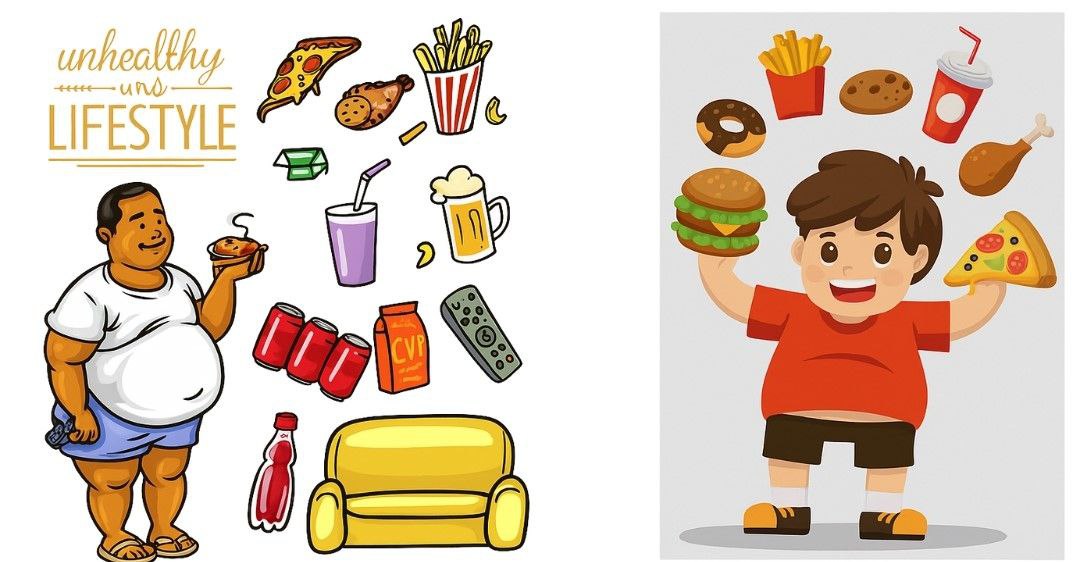Insulin Resistance: The Silent Epidemic

You've probably heard of insulin, the hormone that helps regulate blood sugar. But what happens when our cells stop listening to insulin's signals? That's the core of insulin resistance—a condition that's becoming a silent epidemic and a key player in the development of type 2 diabetes and other chronic diseases.
🧬 What Is Insulin Resistance?
Think of insulin as a key that unlocks your body's cells, allowing glucose (sugar) from your bloodstream to enter and be used for energy. When you eat, your blood sugar rises, and your pancreas releases insulin to manage this increase. In a healthy person, this process works smoothly.
Insulin resistance occurs when your cells no longer respond effectively to insulin. To compensate, your pancreas works overtime, producing more and more insulin—a state known as hyperinsulinemia—to try and force the glucose into the cells. This works for some time but ultimately fails, leading to high levels of both insulin and glucose in your bloodstream, resulting in prediabetes and eventually type 2 diabetes.
⚠️ Consequences of Insulin Resistance
- Weight gain: Insulin promotes fat storage, especially around the belly (visceral fat).
- High blood pressure: Hyperinsulinemia is linked to increased blood pressure.
- High cholesterol: It can lead to an unhealthy lipid profile (high triglycerides and low “good” HDL cholesterol).
- Polycystic Ovary Syndrome (PCOS): Insulin resistance is common in this hormonal disorder in women.
- Non-alcoholic fatty liver disease (NAFLD): Excess glucose gets converted to fat, which can accumulate in liver cells, causing inflammation and permanent damage (Cirrhosis).
🔍 What Causes Insulin Resistance?
- Lack of physical activity: Exercise significantly improves insulin sensitivity.
- Diet high in refined carbohydrates and sugar: Causes frequent blood sugar spikes, forcing the pancreas to work harder.
- Chronic stress: Stress hormones like cortisol raise blood sugar and increase insulin production.
- Poor sleep: Sleep deprivation impairs glucose metabolism and insulin function.
🧪 How to Detect Insulin Resistance
- Blood Sugar and HbA1c Test
- Serum Insulin Level
- Insulin Resistance Test (HOMA-IR)
💪 How to Improve Insulin Sensitivity
The good news: you can often reverse insulin resistance. Medicines alone aren't enough—lifestyle changes are essential. If detected early, one can significantly decrease insulin resistance through lifestyle changes alone.
- Embrace a whole-foods diet: Focus on vegetables, lean proteins, and healthy fats. Reduce sugary drinks, refined grains, and processed foods.
- Move your body: Regular physical activity—both aerobic and resistance training—makes your cells more responsive to insulin.
- Manage your stress: Try meditation, yoga, or spending time in nature.
- Prioritize sleep: Aim for 7–9 hours of quality sleep per night.
- Maintain a healthy weight: Even modest weight loss can dramatically improve insulin sensitivity.
📚 References
- American Diabetes Association – Understanding Insulin Resistance
- CDC – About Insulin Resistance and Type 2 Diabetes
- Freeman AM, Acevedo L, Pennings N – Insulin Resistance (StatPearls, 2024)
- National Institute of Diabetes and Digestive and Kidney Diseases – Prediabetes & Insulin Resistance
- American Academy of Family Physicians – Insulin Resistance